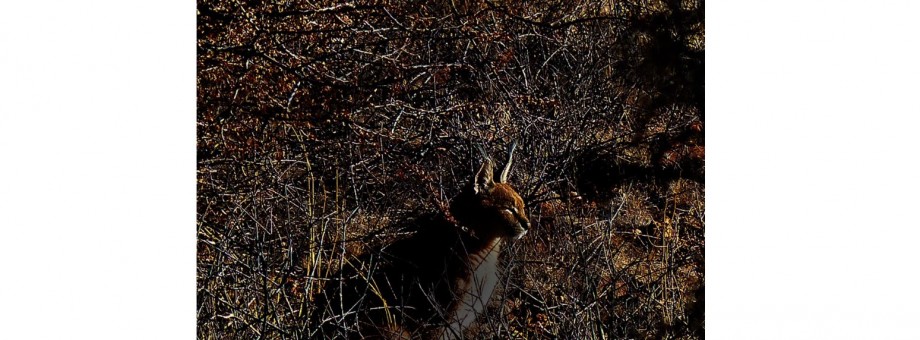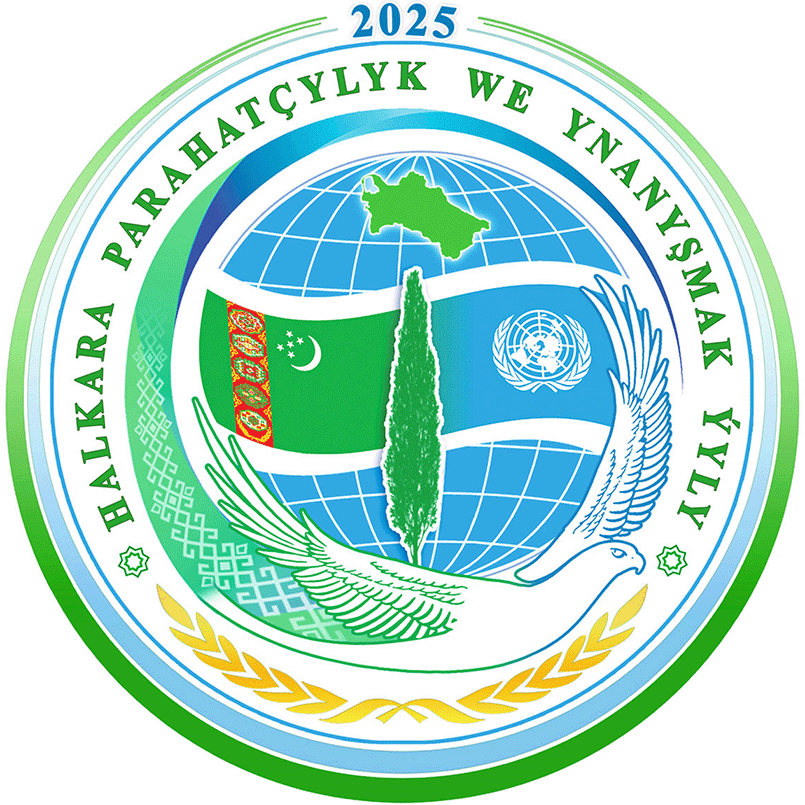NIGHT-TIME PHOTOGRAPHS PROVIDE NEW DATA ON RED LIST SPECIES AT THE KAPLANKYR NATURE RESERVE

The Kaplankyr State Nature Reserve’s diverse array of wildlife is now being closely observed and monitored at night thanks to camera traps local specialists have received from the Environmental Protection Service of the Ministry of Agriculture and Environment Protection of Turkmenistan.
Triggered automatically by a motion sensor, camera traps produce high-resolution still images and videos. Thanks to hermetically sealed bodies, they are water- and dust-proof. This allows them to work effectively and safely.
Installed in remote areas of the Reserve camera traps have already captured a wealth of data to the sheer joy of specialists. A caracal, which is listed in the Red Data Book of Turkmenistan, was caught on camera. It is a carnivorous mammal, belonging to the cat family. One of its habitats in Turkmenistan is the Ustyurt Plateau. The caracal is not usually found in areas with sparse vegetation, but prefers desert areas densely covered with Calligonum, Saltwort and Saxaul shrubs, or hard-to-reach places and steep slopes. It feeds on tolai hares, small rodents, and birds. Its speed, quick reaction and amazing jumping ability allow it to catch a young goitered gazelle.
Camera traps also captured an image of a sand cat, which is also a protected animal, known to be highly elusive and difficult to spot. Mostly found in the north of Turkmenistan, these beautiful cats prey on small rodents, reptiles, birds and arthropods. They are fearless hunters and rarely ambush their prey by lying in wait.
Specialists of the Kaplankyr Nature Reserve have been carrying out research studies and monitoring the wildlife populations and their migrations for many years, working out conservation measures and if necessary, adjusting them. Using the modern equipment for wildlife monitoring demonstrates the efficiency of the integrated conservation-related activities.


 NEWS
NEWS